Traffic congestion is a common problem in cities worldwide, often leading to long and frustrating commutes. Cities are constantly looking for ways to reduce traffic congestion and improve traffic flow. And to tackle-Urban-traffic problems, almost every urban city is trying new methods, such as smart traffic lights and bike lanes, amending road laws, and re-designing new parking rules.
In this article, we have done a case study of various cities worldwide and looked into various measures applied by multiple cities worldwide. We want to give our readers a clear overview of the strategies governing bodies have adopted in numerous cities in India and worldwide to reduce traffic congestion and improve traffic flow in their respective cities.
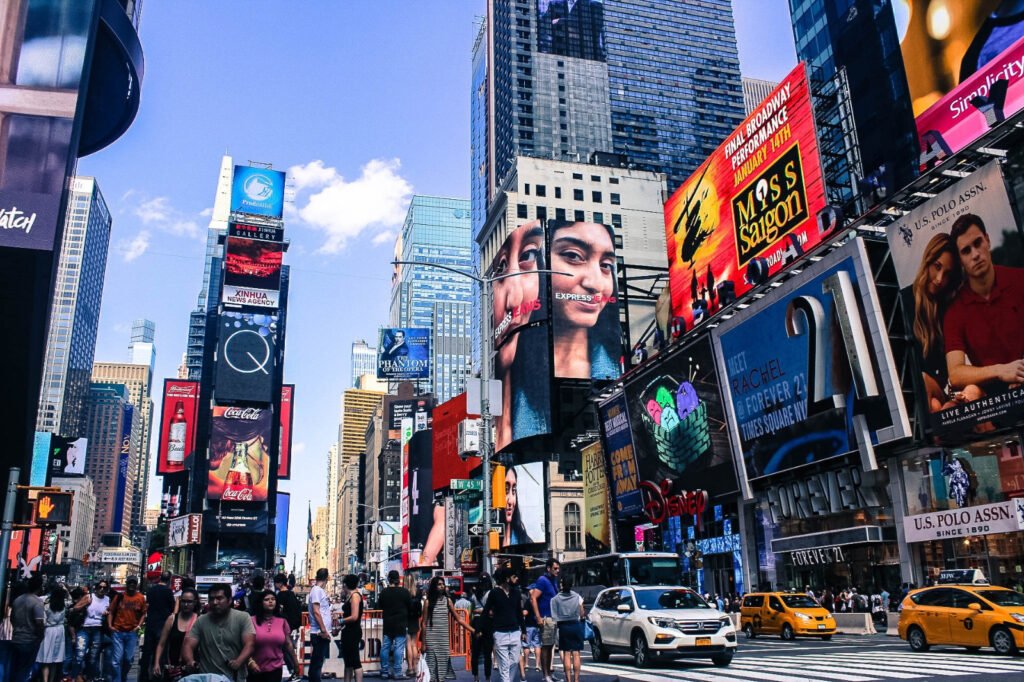
Times Square is one place in New York that hosts people from various countries worldwide. So, traffic eventually becomes in the city; one such measure to reduce the urban traffic problem in Times Square involves reducing the amount of car traffic in certain areas by creating pedestrian-only zones. They also tried limiting the number of cars allowed to enter during certain hours. Ever since Government took these measures, Time Square saw an increase of 277,066 Average Daily Visitors (+13.5% from 2021, +163.8% from 2020, -18.7% from 2019).
Usually, we can’t plan a city from zero itself. But Chandigarh and Bhubaneswar were, fortunately, two such planned cities in India. As a result, they have developed a strategic road network or the so-called parallel road, which helps to travel across the city much more quickly. They have tried reducing traffic by constructing roads and flyovers to optimize traffic flow and reduce bottleneck traffic conditions across the city. Additionally, the governing bodies constantly monitor road conditions and use technology to manage traffic in real-time, such as adjusting traffic light timings based on traffic density.
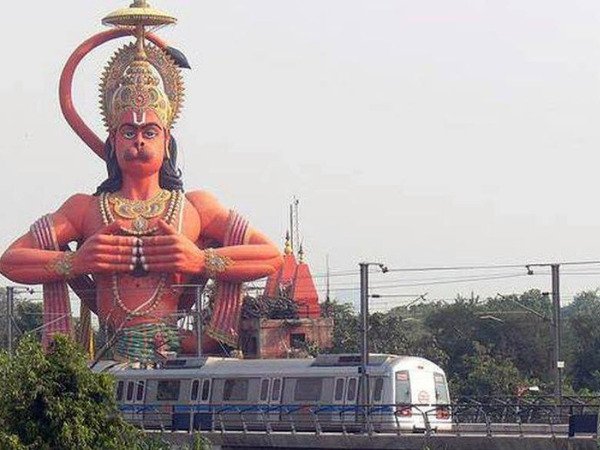
Similarly, in Delhi, the National capital of India, the Government has implemented the Bus Rapid Transit System (BRTS), which provides a dedicated lane for buses, allowing them to bypass regular traffic, significantly reducing commuter travel time and reducing overall traffic congestion. Even Delhi Metro helped a lot in reducing traffic in the region. The Delhi Metro, another mass transit system, has also been instrumental in reducing traffic congestion in the city, significantly reducing road traffic. Deli Metros have been instrumental in reducing traffic congestion; so instrumental that even DMRC (Delhi Metro Rail Corporation) carried out an operation where the helicopter lifted 108 foot tall Lord Hanuman from Karol Bagh to another part of the city.
Gurgaon in Haryana, India, has similarly introduced many new parking restrictions in its Hooda City Center, reducing the number of cars parked on the roads and creating more vehicular traffic space.
There are also several traffic control technologies available to help cities reduce congestion. In reference, intelligent traffic management systems can analyze real-time traffic data and adjust traffic signals accordingly. Other technologies, such as real-time traffic updates and dynamic signage, can help drivers make informed decisions and avoid congested routes.
Road Traffic Law Enforcement
Enforcing road traffic laws is essential to reducing traffic congestion in cities. By ensuring that drivers follow traffic signals, speed limits, and road signs, cities can improve the flow of vehicles on their roads and reduce the risk of accidents.
Several cities have implemented strict road laws in India to reduce congestion and improve road safety.
Mumbai traffic police have increased their enforcement of traffic laws, which includes cracking down on reckless driving, over-speeding, and illegal parking. The city has also implemented an automated traffic enforcement system, using cameras to monitor traffic violations and issue fines to violators.
The Delhi government has taken several measures to enforce traffic laws, where they have increased the number of traffic police on the roads and implemented an automated traffic enforcement system. The city has also implemented a carpooling system, which encourages drivers to share their vehicles and reduce the number of cars on the roads.
In addition, cities like Bangalore and Hyderabad have also implemented strict traffic law enforcement measures, including cracking down on reckless driving and over-speeding and using technology to monitor traffic violations and enforce traffic laws.
Overall, strict enforcement of road traffic laws is essential to reducing traffic congestion in cities and can help improve road safety, reduce air pollution, and create a more livable and sustainable transportation system for residents.
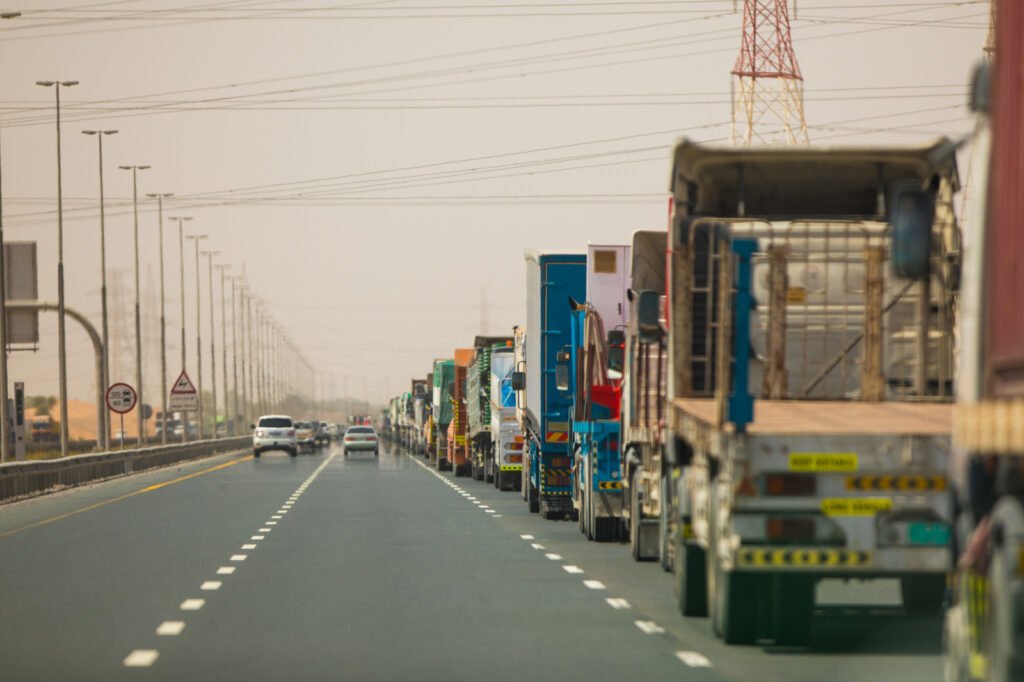
Monitoring Road Conditions
One of the critical aspects of reducing traffic congestion in urban areas is the constant monitoring of road conditions which helps cities identify problem areas and take corrective measures to ease traffic flow. In recent times, several cities have adopted advanced technologies such as real-time traffic monitoring systems, intelligent transport systems, and traffic management centers to keep track of road conditions.
Delhi, the capital city of India, has set up a state-of-the-art Traffic Management Center that monitors traffic conditions in real-time using advanced surveillance cameras, GPS, and other technologies. The center provides information about traffic conditions, traffic volume, and road incidents to the city’s traffic police, who then take appropriate measures to ease the flow of traffic.
Ahmedabad has also implemented a real-time traffic monitoring system that provides live updates on traffic conditions, traffic volume, and road incidents, which helps the city’s traffic police to take quick and effective measures to reduce congestion and improve the overall traffic flow in the city.
In conclusion, monitoring road conditions is a crucial step toward reducing traffic congestion in urban areas. By constantly monitoring road conditions and taking timely measures, cities can ensure a smooth traffic flow and minimize the inconvenience caused to commuters.
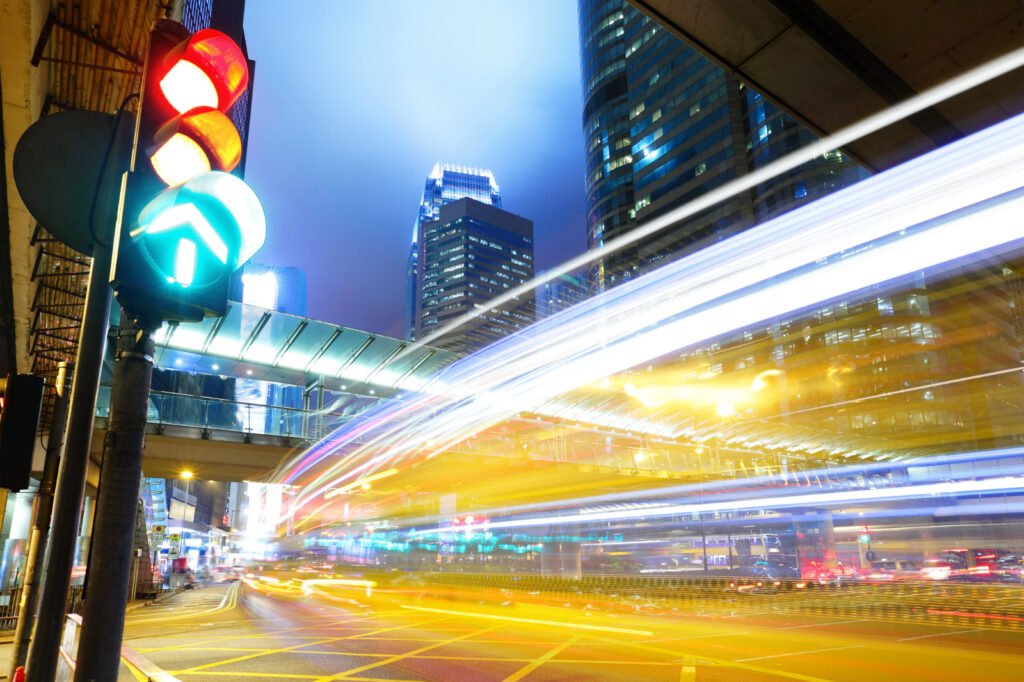
Traffic Light Management System
Traffic light management systems play a critical role in reducing traffic congestion in cities. By optimizing the timing of traffic signals, cities can ensure that vehicles can move smoothly and efficiently through intersections, reducing delays and improving traffic flow.
Several cities have implemented advanced traffic light management systems in India to reduce congestion and improve traffic flow.
The Delhi government managed the traffic lights by installing an Intelligent Traffic Management System (ITMS), which uses real-time data and algorithms to optimize the timing of traffic signals based on traffic conditions which have resulted in a reduction in traffic delays, improved traffic flow, and reduced air pollution.
It’s also worth checking out Bangalore, where the city has implemented a similar system called the Traffic Management and System (TMS), which uses real-time traffic data to optimize the timing of traffic signals and improve traffic flow. The system has successfully reduced congestion and improved road safety in Karnataka, which was instrumental in reducing road traffic in Bengaluru, a widely appreciated measure by locals.
Even Mumbai and Hyderabad have also implemented advanced traffic light management systems, using technology to optimize the timing of traffic signals and improve traffic flow.
Overall, traffic light management systems are critical in reducing city traffic congestion and are vital to creating a more livable and sustainable transportation system for residents. By using technology to optimize the timing of traffic signals, cities can ensure that vehicles can move efficiently and safely, reducing delays and improving traffic flow.
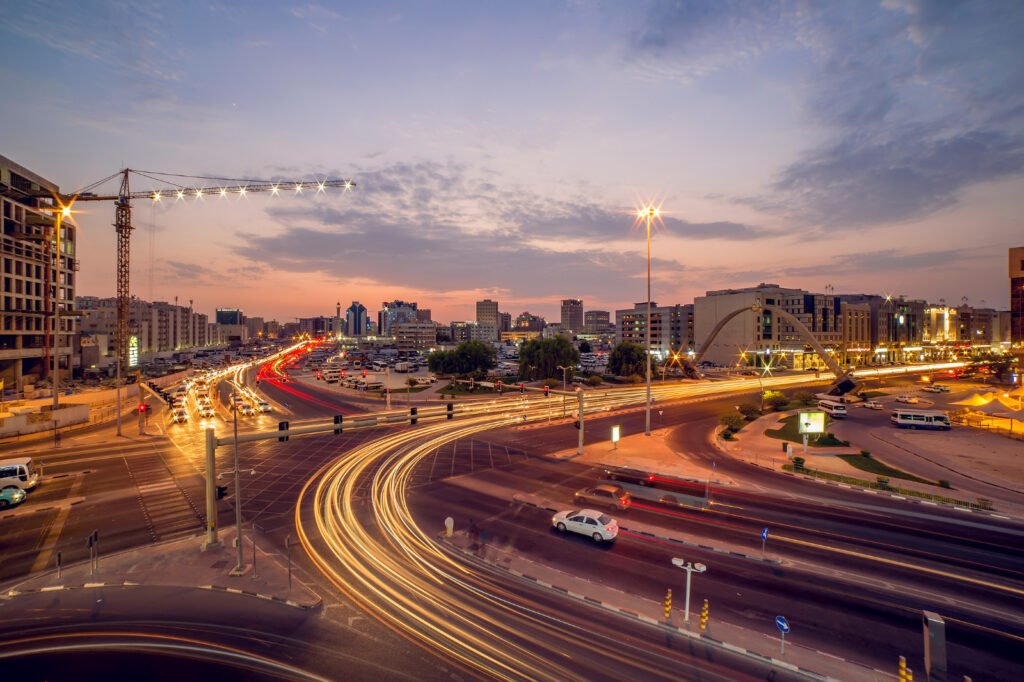
Traffic Control Technologies
Using traffic control technologies is another important aspect of reducing city traffic congestion. By using technology to monitor and control traffic flow, cities can ensure that vehicles can move smoothly and efficiently, reducing delays and improving traffic flow.
Several cities have implemented traffic control technologies in India to reduce congestion and improve traffic flow.
Look out at Mumbai, where the city has implemented an Advanced Traffic Management System (ATMS), which uses real-time traffic data and algorithms to monitor and control traffic flow, resulting in a reduction in congestion and improved traffic flow across the city.
Again it’s worth learning from Delhi, where the city has implemented a similar system called the Intelligent Transport System (ITS), which uses real-time traffic data and algorithms to monitor and control traffic flow. The system has successfully reduced congestion and improved traffic flow.
In addition, cities like Bangalore and Hyderabad have also implemented traffic control technologies, including real-time traffic data and algorithms to monitor and control traffic flow to reduce congestion and improve traffic flow.
Overall, the use of traffic control technologies is an essential aspect of reducing traffic congestion in cities and can help to improve traffic flow, reduce air pollution, and create a more livable and sustainable transportation system for residents.
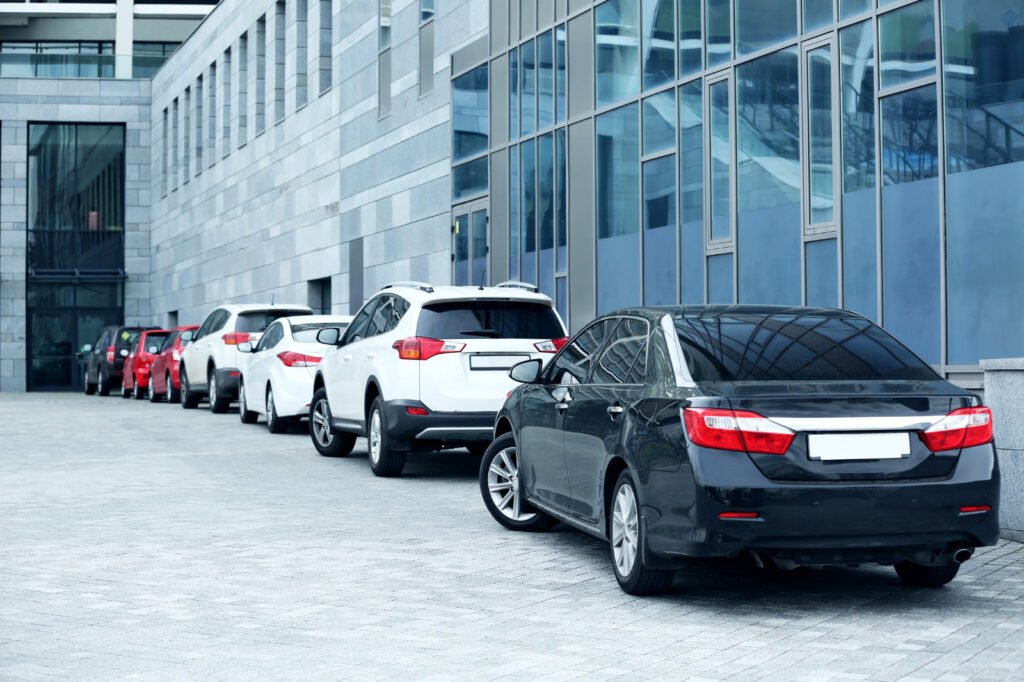
Parking Restrictions
Implementing parking restrictions is another aspect of reducing city traffic congestion. By limiting the number of cars that can park in a particular area, cities can reduce the number of vehicles on the roads, improve traffic flow, and reduce air pollution.
Several cities have implemented parking restrictions in India to reduce congestion and improve traffic flow.
An example is the city of Mumbai, where the city has implemented a system of dynamic pricing for parking, which adjusts the price of parking based on demand. It has reduced the number of vehicles parked in congested areas, improved traffic flow, and reduced air pollution.
Another example is Delhi, where the city has implemented a parking management system that includes parking restrictions in congested areas and new parking facilities in less crowded areas, which has improved traffic flow and reduced the number of cars parked in congested areas and air pollution in the city.
In addition, cities like Bangalore and Hyderabad have also implemented parking restrictions, including dynamic pricing for parking and the creation of new parking facilities, to reduce congestion and improve traffic flow.
Overall, parking restrictions are required to reduce traffic congestion in cities which can help to improve traffic flow, reduce air pollution, and create a more livable and sustainable transportation system for residents.
Some Temporary and Virtuous Measures
One of the ways that cities are reducing traffic congestion is by implementing temporary and virtuous measures. These measures encourage people to use alternative modes of transportation, such as public transportation, cycling, or walking, and discourage the use of private vehicles.
Many cities have implemented car-free days, where certain areas are closed to vehicular traffic for a day, allowing people to experience the city differently, encouraging active transportation, and reducing traffic congestion.
Another standard temporary measure is the congestion charge, a fee charged to drivers for entering congested areas during peak hours which provides a financial incentive for people to use alternative modes of transportation and has successfully reduced traffic congestion in cities such as London and Stockholm.
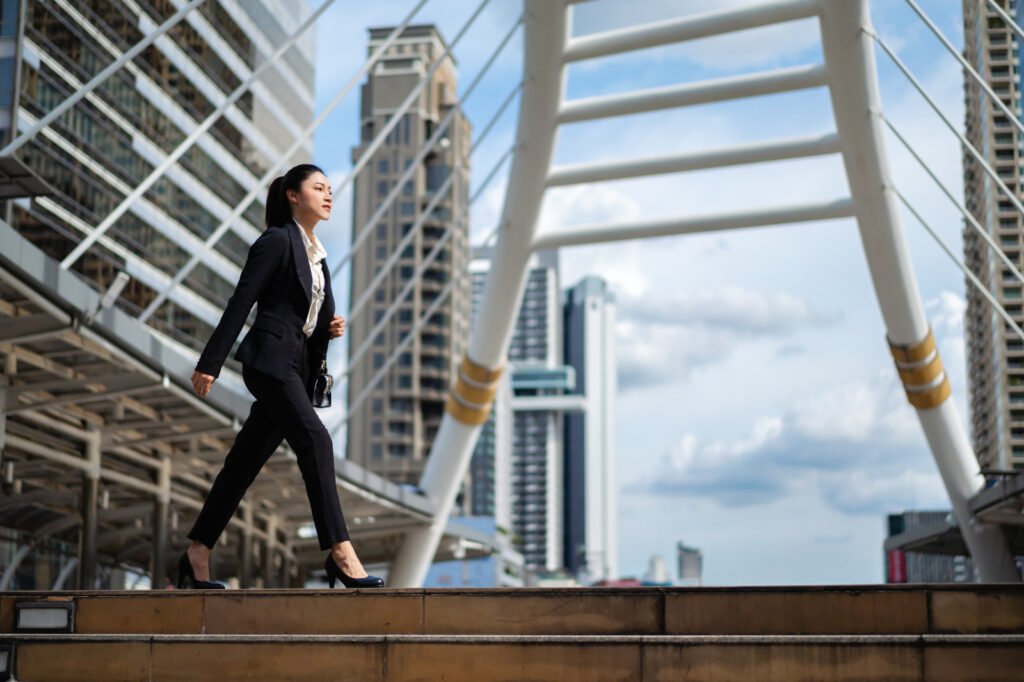

One-hit Solutions
For reducing traffic, cities always look for quick and effective solutions. One-hit solutions refer to short-term measures that one takes quickly to ease traffic congestion in a particular area. These solutions may provide a short-term solution, but they can help to alleviate the immediate problem.
For instance, the city of Mumbai in India has implemented a one-hit solution to address the problem of traffic congestion at a particular junction. The town installed additional traffic lights at the intersection, which helped regulate traffic flow and reduce congestion.
Similarly, Bangalore in India has introduced a ‘green corridor’ concept to reduce congestion on certain roads. Under this concept, a particular lane for public transport vehicles helps reduce the number of cars on the road and improve traffic flow. The green-colored street is only public transport vehicles which helped to reduce the number of cars on the road, improve traffic flow, and reduce congestion.
Since then, several cities in India and worldwide have adopted the green corridor concept with varying degrees of success. For instance, the city of Mumbai in India has implemented a green corridor for buses, while the city of Delhi has created a green corridor for electric vehicles.
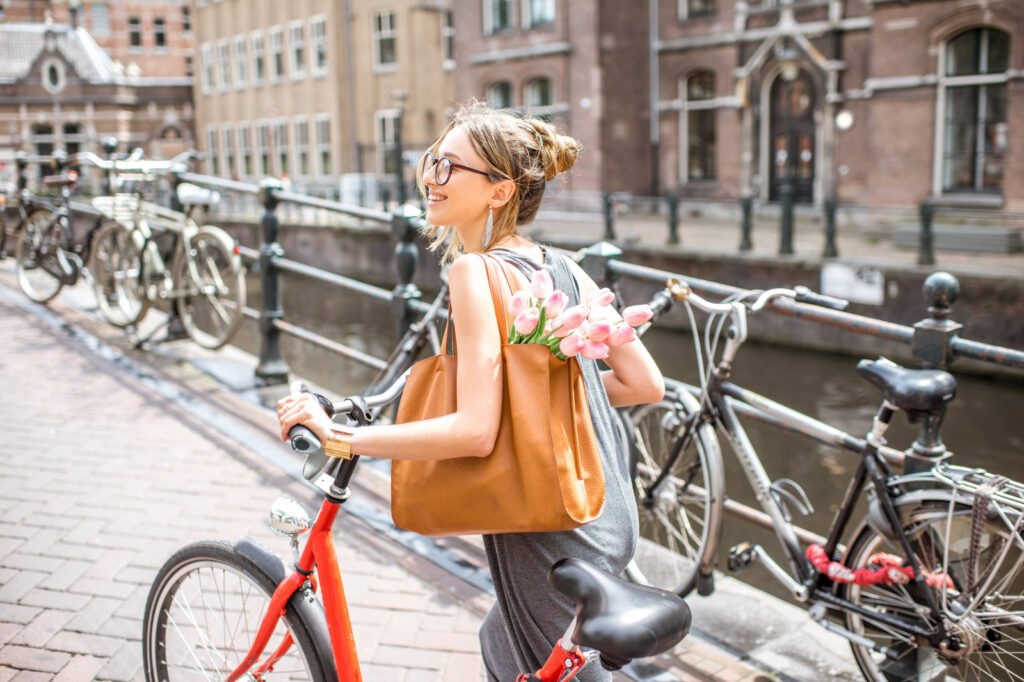
Cycling Infrastructure
An environmentally friendly way to reduce traffic congestion is by investing in cycling infrastructure by building dedicated bike lanes, providing bike parking, and implementing bike-sharing programs. These cycling lanes encourage people to cycle; cities can also reduce the number of cars on the road, which helps to improve air quality and create more livable and sustainable communities.
In Amsterdam, the Government has invested heavily in cycling infrastructure, including building dedicated bike lanes, providing bike parking, and implementing a bike-sharing program. As a result, the city has one of the highest rates of cycling in the world and significantly reduced traffic congestion.
Final Thoughts
In conclusion, cities are using a variety of measures, such as smart traffic lights, bike lanes, and road traffic law enforcement, to reduce traffic congestion and improve traffic flow. Through constant monitoring and innovative technologies, various governing bodies in multiple cities can create a smoother, more efficient transportation system for residents.
The One Liner
Useful Links
Order Related Queries
Useful Links
Order Related Queries
